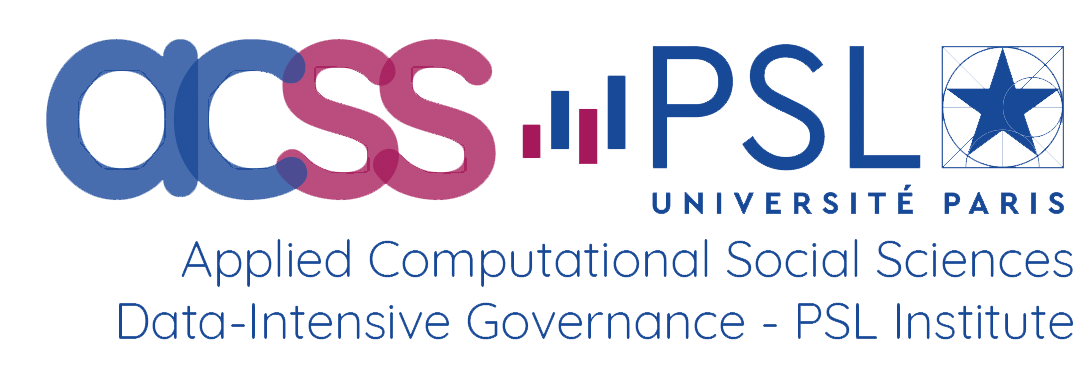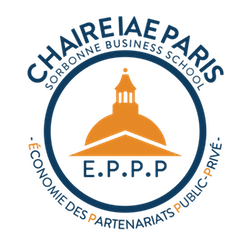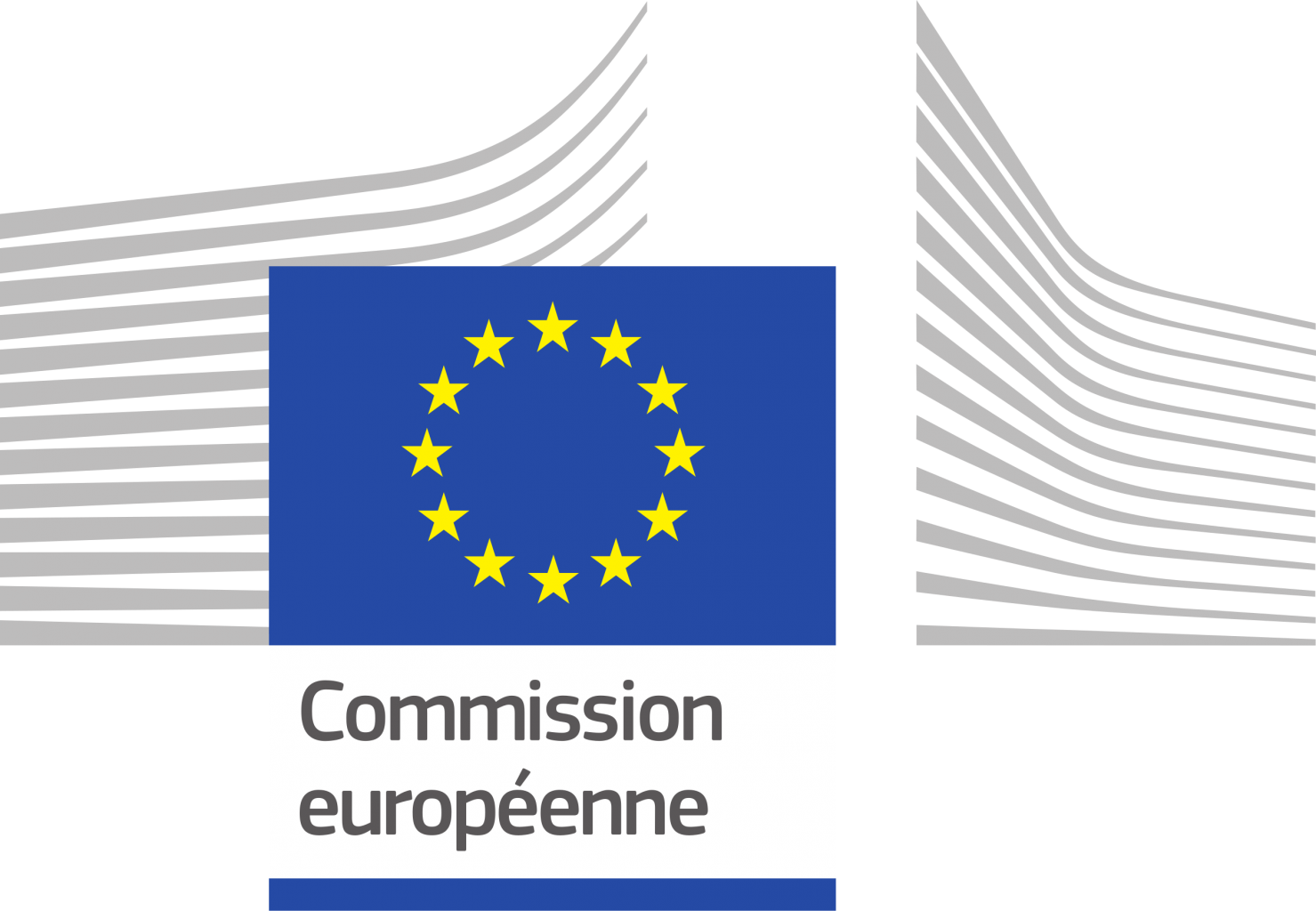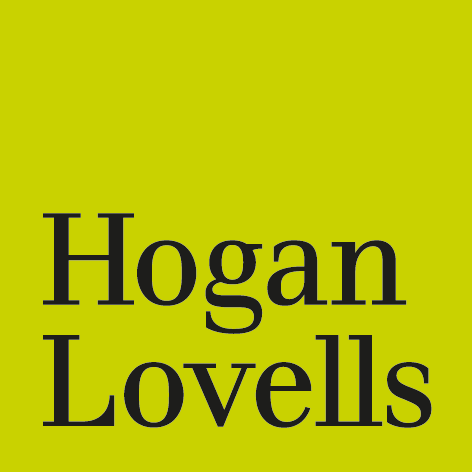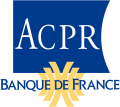
| Author(s) |
Marie-Claire AOUN Catherine BRUN Arié Flack Angelos Souriadakis |
| Publication type | Synthesis |
November, 19th 2020
Over the past 20 years in Europe, successive waves of deregulation have led to the emergence of a regulatory model specific to network infrastructures, whether in telecoms, gas, electricity or rail networks. This model was built around a rationale aimed at defining a transmission tariff for incumbent and alternative operators using these networks, calculated by dividing the annual remuneration of the regulated network operator by the annual volume of 'goods' transiting the network (train, tonne of freight, kWh, etc.). This remuneration covers the operator's full operating and maintenance costs, the costs of "system services" (linked to balancing the network, its security and quality, the integration of renewable sources, etc.), those relating to operations undertaken specifically on behalf of network users, as well as a reasonable remuneration - and possibly an incentive - for investments (integrated within a Regulated Asset Base). This return on investment generally corresponds to a Weighted Average Cost of Capital (WACC) determined using an economic method aimed at providing a fair return on invested capital, based on benchmarks with comparable networks.
The French gas networks are no exception to this model, which enables them to cover all their operating and development costs. However, recent choices in French energy policy will lead to a significant reduction in the volumes transported on gas networks in the medium term, thereby increasing transport costs and running the risk of prohibitive costs for network users. This raises the question of whether or not there are alternative ways of developing the business model of these operators, based on practices in other countries or other sectors facing similar challenges.
This document summarises the presentations and discussions at the conference on "The changing business model of network companies", held on 19 November 2020.





